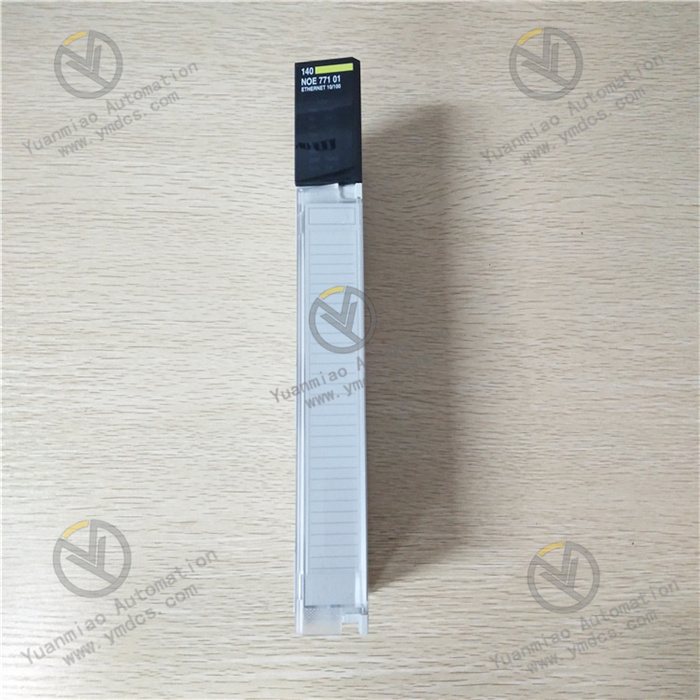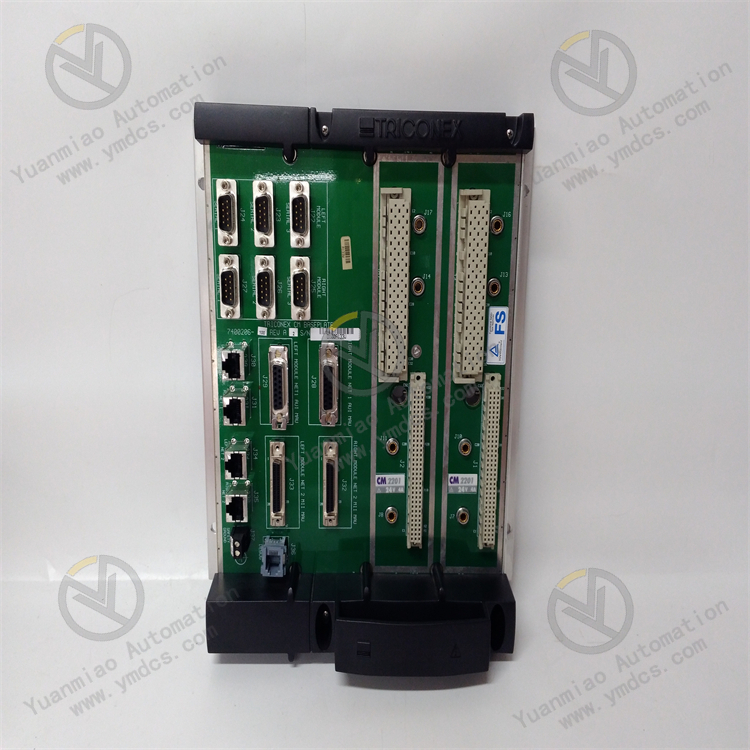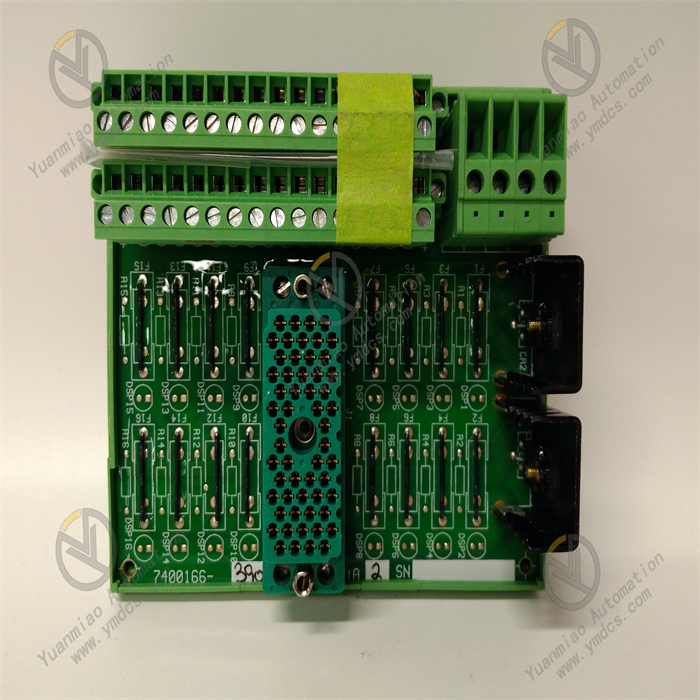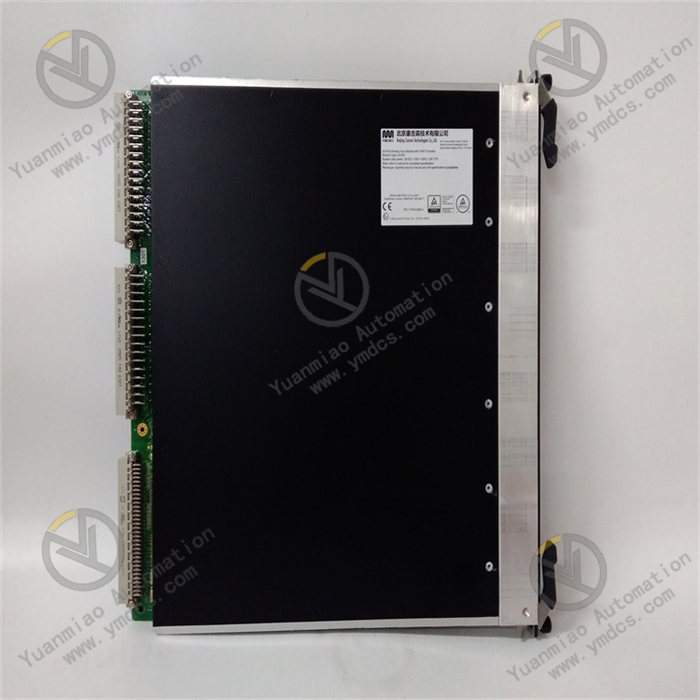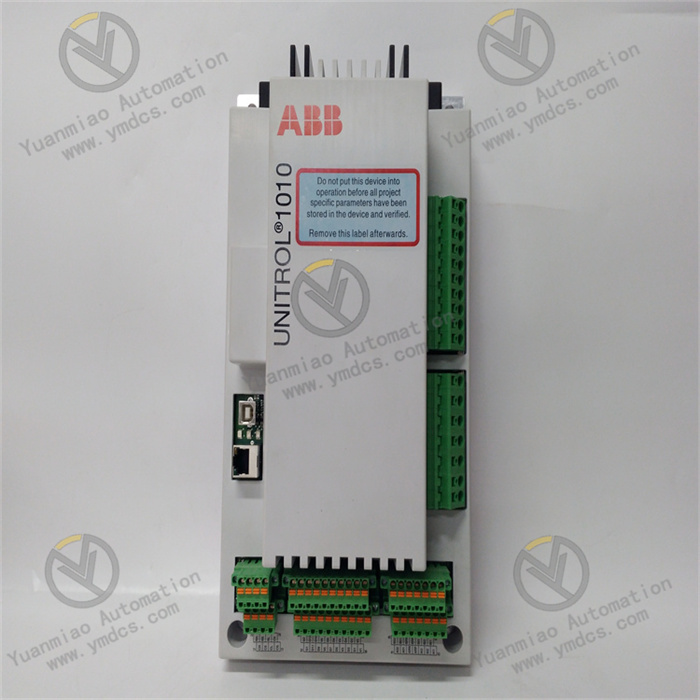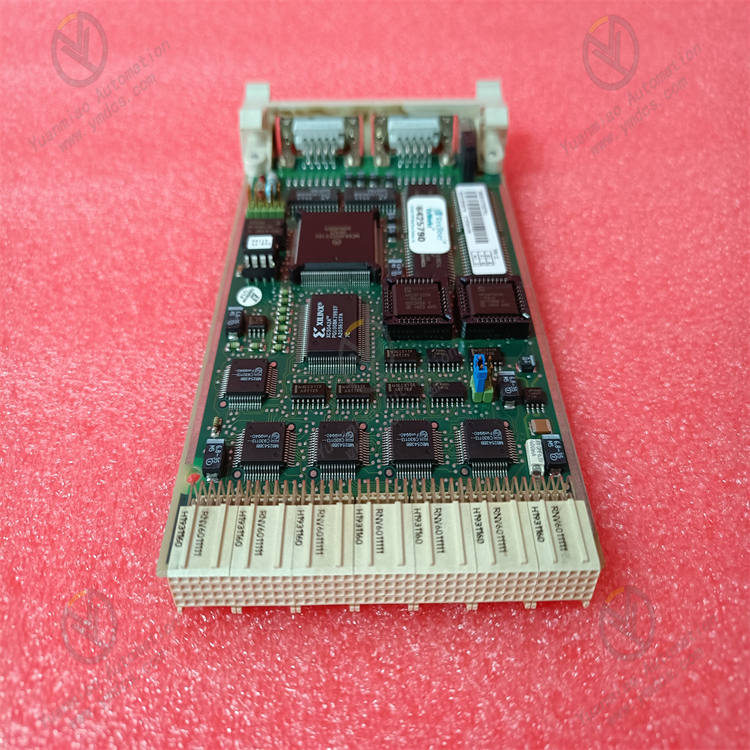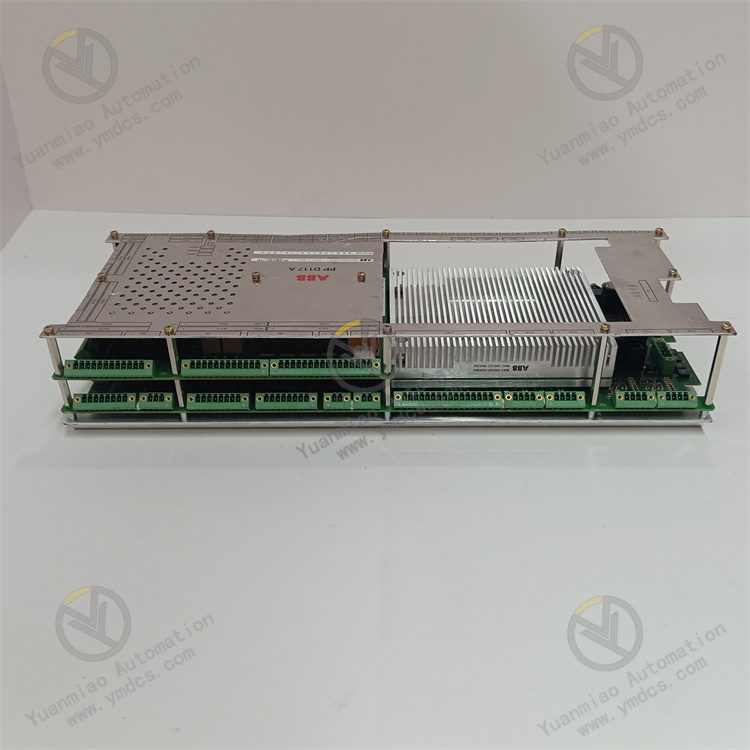Description
Functional Features High-precision measurement: By adopting advanced induction technology, it can measure parameters such as the vibration and displacement of rotating machinery with high precision, providing accurate data for the condition monitoring of equipment, and the precision can reach the micron level. High reliability: It has a sturdy and durable structural design, and can adapt to harsh industrial environments, such as high temperature, high humidity, and strong electromagnetic interference. It can operate stably for a long time, reducing maintenance costs and downtime. Real-time monitoring: It can collect and transmit data in real time, enabling operators to understand the operating status of the equipment in a timely manner, so as to discover potential problems and take measures promptly, avoiding production interruptions caused by equipment failures. Strong compatibility: It can be compatible with various Bently Nevada monitoring systems and other industrial automation systems, making it convenient to integrate into the existing equipment management architecture and achieving the overall coordinated operation of the system.
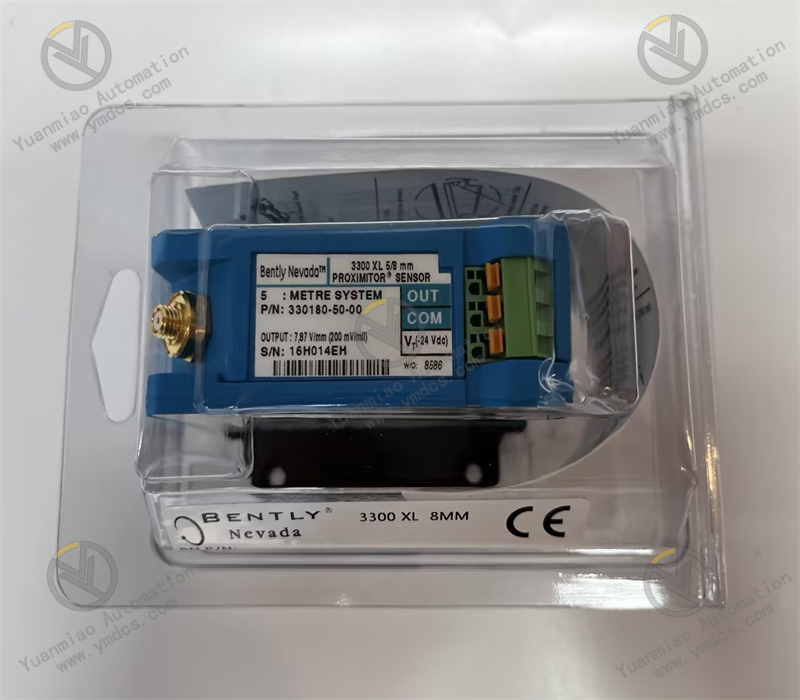
Technical Parameters Measurement range: For example, the vibration measurement range may be 0 - 250μm (peak-peak value), and the displacement measurement range is 0 - 12.7mm. Output signal: It usually provides a 4 - 20mA current signal or a 0 - 10V voltage signal, which is convenient for interface connection and data transmission with other devices. Operating temperature: The general operating temperature range is from - 40°C to 85°C, and it can maintain stable performance within a wide temperature range. Frequency response: It has good frequency response characteristics and can accurately measure vibration signals from low frequency to high frequency. For example, the frequency response range is 5 - 1000Hz.
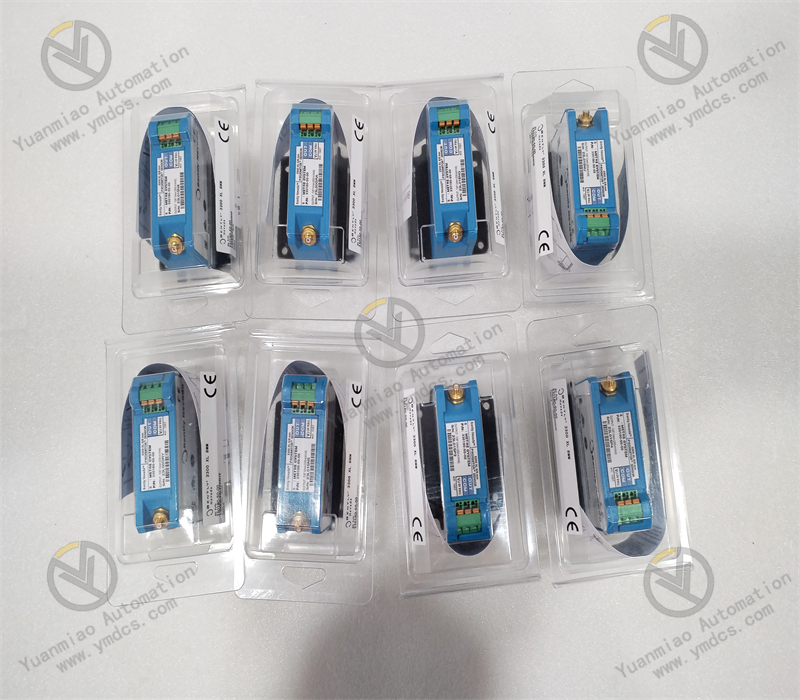
Application Areas Power industry: It is used for the vibration monitoring of large rotating equipment such as steam turbines and generators, and can timely detect problems such as equipment unbalance, misalignment, and bearing failures, ensuring the safe and stable operation of power equipment. Petrochemical industry: It is applied to key equipment such as compressors and pumps. By monitoring vibration and displacement parameters, it can prevent equipment failures and ensure the continuity and safety of the petrochemical production process. Metallurgical industry: It is suitable for various rotating machinery such as large motors and fans in the metallurgical production, providing data support for equipment maintenance and management, and improving the service life of the equipment and production efficiency. Common Faults and Solutions

Abnormal signal Reasons: Damage to the sensor probe, open circuit or short circuit of the connection cable, failure of the preamplifier. Solutions: Check whether the sensor probe has physical damage and replace the probe if there is any damage; use a multimeter to check the continuity of the connection cable and repair or replace the damaged cable; check the working status of the preamplifier and replace the preamplifier if necessary. Deviation of measured values Reasons: Incorrect installation position, uncalibrated sensor, external interference. Solutions: Confirm whether the installation position of the sensor meets the requirements and reinstall it; calibrate the sensor according to the equipment instruction manual; check whether there are strong electromagnetic interference sources around and take measures such as shielding or keeping away from the interference sources. Equipment freeze or no output Reasons: Power supply failure, software failure, hardware failure. Solutions: Check whether the power supply is normal to ensure stable power supply for the equipment; try to restart the equipment. If the problem persists, update the software or firmware of the equipment; if the problem still cannot be solved, contact Bently Nevada's professional technical personnel for hardware inspection and maintenance.


